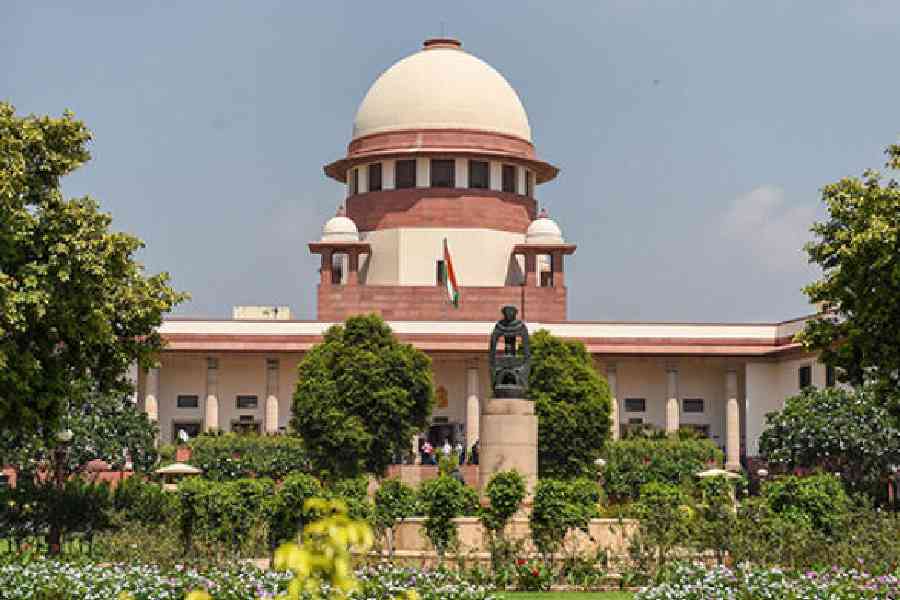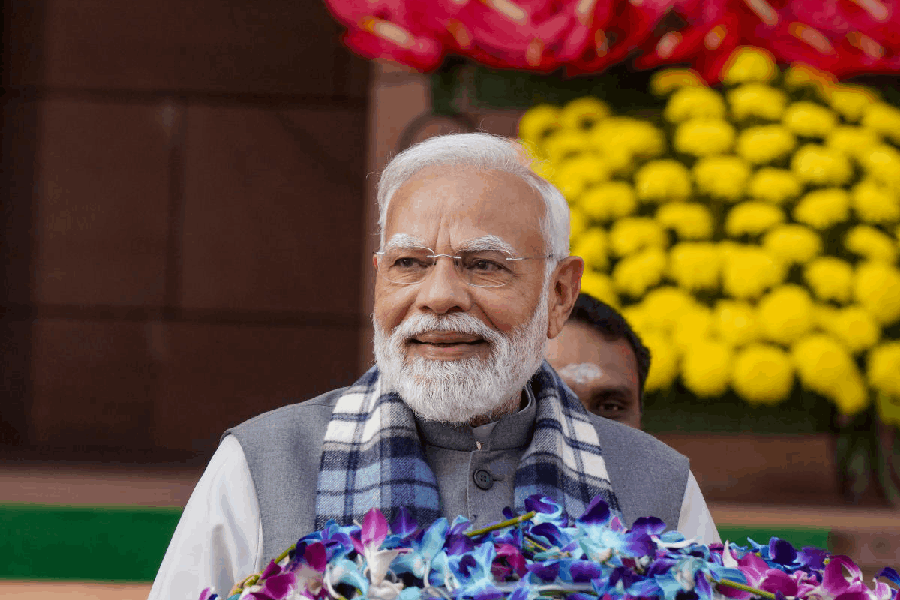Some ayurveda scholars have questioned the Centre’s plan to introduce an integrated MBBS-BAMS undergraduate programme, saying it ignores an urgent need to overhaul the way this traditional system of medicine is taught and practised.
They have argued that despite ayurveda’s potential to address many primary care disorders, the discipline has remained intellectually stagnant because of a continued reliance on outdated texts and traditional beliefs.
“Ayurveda texts have not undergone timely revisions…. What is currently taught in ayurvedic colleges is an incongruous mix of truths and untruths,” said G.L. Krishna, a research scholar at the National Centre for Biological Sciences, Bangalore.
“Unless ayurveda renews itself by jettisoning its obsolete portions, it will remain dissonant with evidence-based approaches,” Krishna wrote in a commentary this week in the BMJ Global Health Blog.
Another scholar too has flagged how uncritical dependence on traditional texts continues to undermine ayurveda’s scientific credentials.
“An undue reliance on traditional texts and beliefs has contributed to perceptions of ayurveda as being pseudoscientific,” Kishor Patwardhan, ayurveda professor at the Institute of Medical Sciences, Banaras Hindu University, told The Telegraph.
Patwardhan said he favoured integrated education but “only after making ayurveda philosophically coherent so that the integration does not become incompatible”.
The Centre’s planned MBBS-BAMS programme has drawn criticism from some practitioners of modern medicine too.
The Union minister of state for ayush (ayurveda, yoga, unani, siddha and homoeopathy), Prataprao Jadhav, was quoted in the media last month as saying that the Jawaharlal Institute of Postgraduate Medical Education and Research, Puducherry, would introduce India’s first integrated MBBS-BAMS course.
The BAMS (Bachelor of Ayurvedic Medicine and Surgery) course is currently taught only at the country’s 70-odd government and 400-plus private ayurveda colleges.
“The most serious problem facing ayurveda is the sheer lack of a vibrant intellectual resource that can question and correct the (field’s) deep-seated philosophical misconceptions,” Krishna wrote.
Krishna added: “Instead of focusing its energies on ventures like the MBBS-BAMS program(me), the government must devise ways to equip Ayurveda with good intellectual resource(s).”
He added: “Ayurvedic scholar-physicians, biologists, allopathic doctors, and even humanities experts who have a genuine interest in traditional knowledge systems must be pooled together to work on the grand project of renewing Ayurveda along evidence-informed lines. Integration will come thereafter.”
Patwardhan underlined what he views as a contradiction between the ayush ministry’s official stance that the “principles and methods of ayurveda are fundamentally incompatible with modern medicine” and its proposal for an integrated MBBS-BAMS programme.
“That stance should, by its own logic, discourage any integration effort,” Patwardhan said. “That integration is nevertheless being pursued reflects conceptual confusion at the policy level.”
Patwardhan said ayurveda views health disorders through the lens of traditional concepts such as dosha, agni and ama that are foundational to the discipline but remain only weakly evidence-informed.
“This has introduced a knowledge and methodology division between ayurveda and science,” Patwardhan said.
“But if we rigorously redefine such traditional concepts in terms of observable, measurable and testable entities, it could blur the division between ayurveda and modern approaches to medicine.”
Ayurveda physicians calling for curriculum reform have cited obsolete ideas in traditional texts — such as semen originating in bone marrow, urine flowing from the intestine, a baby’s gender being determined by fluids, and childhood seizures being caused by demonic possession.
Despite such concerns, a nationwide government survey in 2022-23 found that 40 per cent of the rural people sampled, and 45 per cent of urban respondents, used ayush medicines.
The Indian Medical Association, the country’s largest body of modern doctors, issued a statement last month saying an integrated MBBS-BAMS course would produce “hybrid doctors who will be qualified quacks”.










